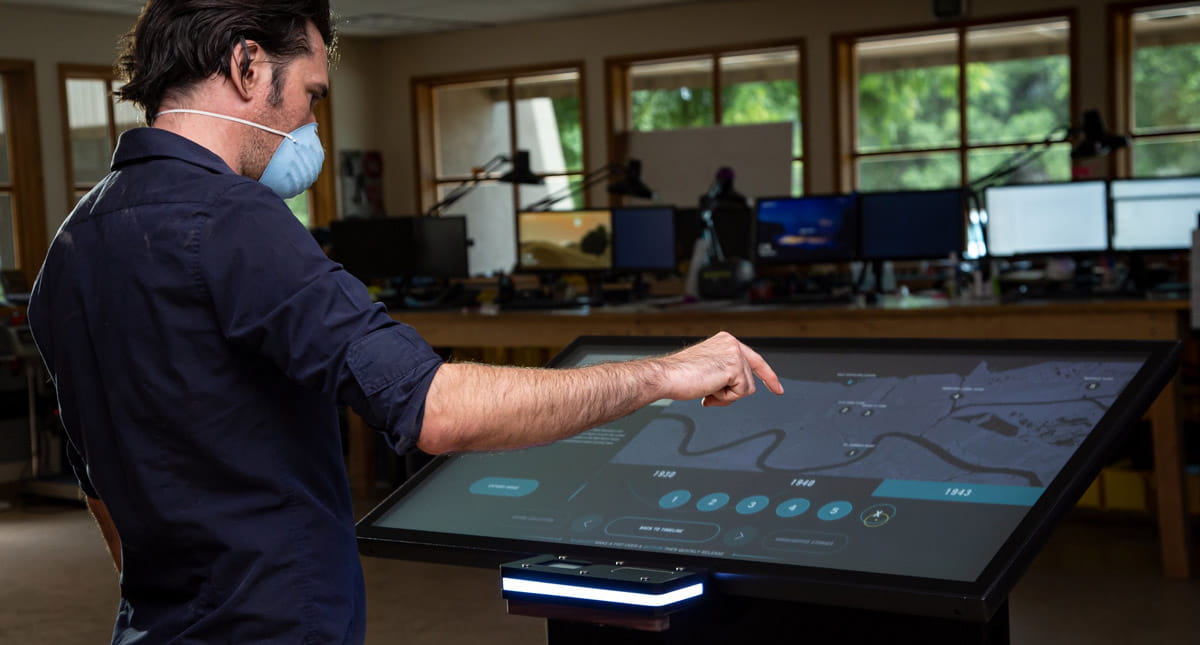Mar 5, 2024
Introduction:
In the era of rapid technological advancement, the fusion of touch interfaces and gesture recognition with artificial intelligence (AI) is reshaping the landscape of human-computer interaction. From intuitive touchscreens to sophisticated gesture-controlled devices, this convergence offers unparalleled convenience and efficiency across a myriad of applications. Let’s delve deeper into how AI is revolutionizing touch and gesture recognition, paving the way for a seamless interaction experience.
The Evolution of Touch and Gesture Recognition
Capacitive touch interfaces have become ubiquitous, replacing traditional mechanical keys with intuitive finger taps and swipe gestures. From smartphones to industrial control panels, touchscreens have transformed the way we interact with technology. Concurrently, advancements in embedded computer devices have enabled intelligent gesture recognition, allowing devices to interpret and respond to hand movements effortlessly.
The Role of AI in Gesture Recognition
AI algorithms play a pivotal role in enhancing gesture recognition accuracy and responsiveness. By leveraging machine learning techniques, such as deep learning, gesture recognition systems can analyze vast datasets to recognize and interpret complex hand movements in real-time. This enables intuitive control of devices through natural gestures, enriching the user experience and expanding the possibilities of touchless interaction.
Touchless User Interface (TUI) and Gesture Recognition
Touchless User Interface (TUI) applications leverage gesture recognition technology to enable control without physical touch. Vision-based gesture recognition systems utilize cameras and motion sensors to track user movements accurately. These systems empower users to interact with devices through gestures, opening up new avenues for applications in augmented reality, gaming, and beyond.
AI-Driven Gesture Control Systems
Gesture control systems represent the pinnacle of intuitive human-computer interaction. These systems continuously evolve, adapting to advancements in sensor technologies and AI algorithms. For instance, AI-powered virtual mouse systems can track fingertip gestures using built-in cameras, enabling precise cursor control and scrolling functions without the need for physical input devices.
AI and IoT Integration
The integration of AI with the Internet of Things (IoT) amplifies the capabilities of gesture recognition and touch interfaces. AI-driven decision-making enhances user interactions by predicting user intentions and optimizing response times. IoT connectivity enables seamless communication between devices, facilitating data sharing and collaborative learning for enhanced user experiences.
Overcoming Challenges with AI
Despite the remarkable progress in touch and gesture recognition, challenges persist. Issues such as sensor noise, environmental factors, and integration complexities demand innovative solutions. AI-powered tools offer avenues for addressing these challenges, enabling robust gesture recognition systems with high accuracy and reliability.
Future Directions and Innovations
As technology continues to evolve, the future of touch and gesture recognition holds exciting possibilities. Innovations such as 3D gesture recognition and AI-driven gesture applications promise to further enhance interaction experiences. Tools for recording, AI generation, and monitoring enable developers to create sophisticated gesture recognition systems with ease.
Conclusion:
The integration of AI with touch and gesture recognition heralds a new era of human-computer interaction. From intuitive touchscreens to touchless gesture control, AI-driven systems are revolutionizing the way we interact with technology. As we embrace these innovations, the possibilities for enhancing user experiences are limitless, paving the way for a more connected and intuitive digital world.





